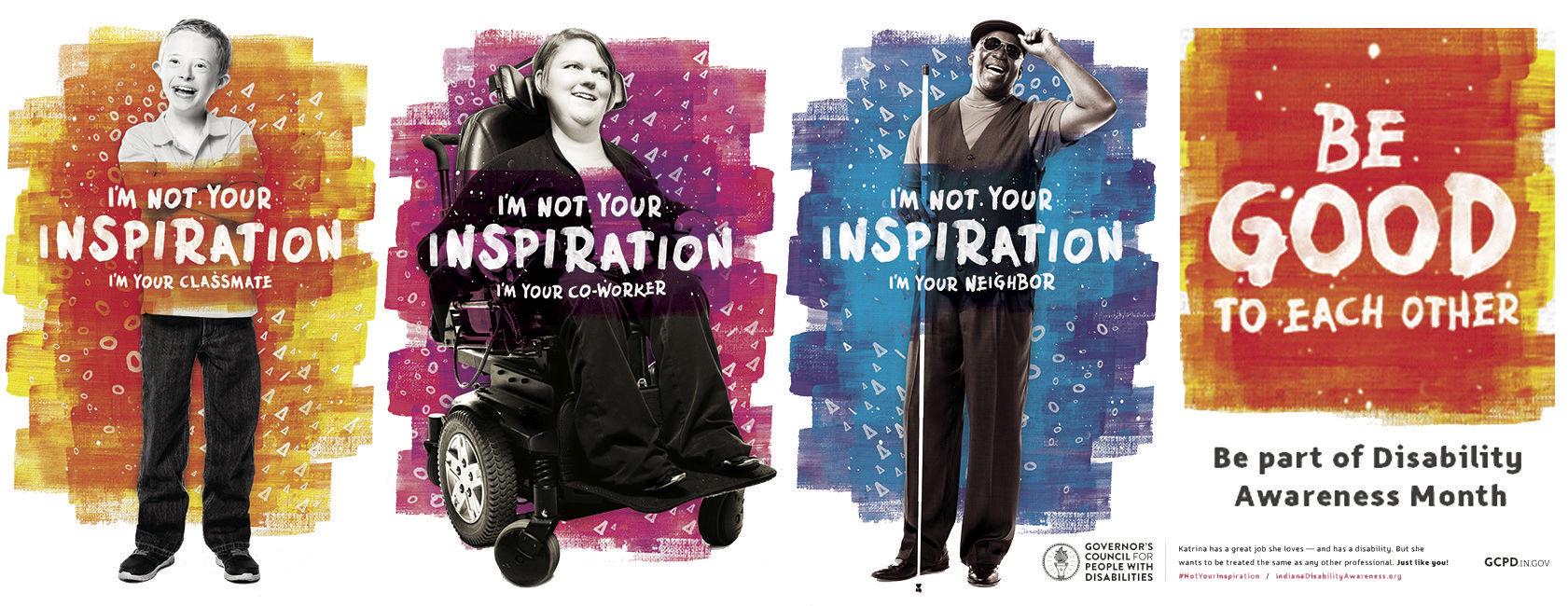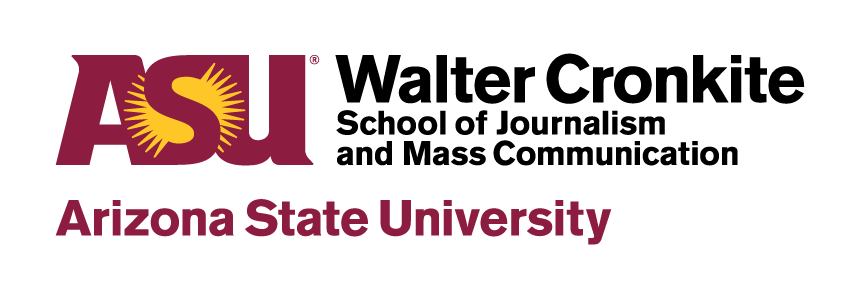
Posters for the “I’m Not Your Inspiration” awareness campaign by the Indiana Governor’s Council for People with Disabilities. In one, a portrait-style photo of a boy is juxtaposed against an orange backsplash with text that reads: I’m Not Your Inspiration (I’m Your Classmate).
As journalist and NCDJ disability language style guide author Amy Silverman writes, “Disability journalism is a hot beat right now. But just because you’re covering disability doesn’t mean you’re doing it right.”
In a column for Phi Delta Kappan, a professional journal for teachers, Silverman discusses the challenges of reporting in schools and the ways in which journalists still far short when it comes to telling relevant and nuanced stories about people with disabilities. Read more of Amy Silverman’s column online.
Learn about the concept of “inspiration porn” in this video of journalist and comedian Stella Young’s talk at TEDxSydney:

